
Phytophotodermatitis: Causes, Treatment, Prevention
Phytophotodermatitis is a skin condition caused by the combination of certain plant chemicals and exposure to sunlight. It can happen to anyone, whether you're cooking outdoors, gardening, or simply enjoying a sunny day. This condition causes immediate discomfort and can lead to lasting skin changes if not appropriately addressed.
By clearly understanding Phytophotodermatitis, you can take proactive steps to protect your skin and enjoy outdoor activities safely. This article explores the essentials of phytophotodermatitis, offering clear insights and practical advice to help you recognise, treat, and prevent this common skin problem in summers.
Symptoms of Phytophotodermatitis
Recognising the Phytophotodermatitis symptoms is crucial for timely intervention. Here are the primary signs to watch out for:
1. Red or Inflamed Patches
One of the earliest indicators is the appearance of red or inflamed patches on the skin. These areas may feel warm and are often the first signs of irritation.
2. Blisters or Burn-like Marks
As the condition progresses, blisters or burn-like marks can develop. These may resemble sunburns but are typically more intense and localised to areas that come into contact with specific plants.
3. Hyperpigmentation That Appears as the Condition Heals
After the initial inflammation subsides, the affected skin may develop hyperpigmentation. This means the areas might darken and remain discoloured even after healing, sometimes lasting for weeks or months.
4. Commonly Affected Areas: Hands, Arms, Face, and Neck
Phytophotodermatitis most frequently affects the hands, arms, face, and neck. These areas are commonly exposed to plant contact and sunlight, making them susceptible.
Causes of Phytophotodermatitis
Understanding what triggersPhytophotodermatitis can help in both prevention and management. The primary causes include:
Contact with Furocoumarin-Containing Plants Followed by Sun Exposure
Certain plants contain chemicals called furocoumarins. When the skin comes into contact with these plants and is then exposed to sunlight, a reaction occurs, leading to phytophotodermatitis. Examples of such plants include citrus fruits, celery, and parsley.
Activities Like Outdoor Cooking, Gardening, or Handling Certain Foods
Engaging in outdoor activities that involve handling plants or plant-based products increases the risk. Gardening, outdoor cooking, and preparing foods like limes or parsley can expose the skin to the necessary elements that cause this condition.
Phytophotodermatitis on the Face
The face is particularly vulnerable to Phytophotodermatitis face due to several factors:
Why the Face is Susceptible?
Accidental contact with plant juices is more likely on the face. For instance, droplets can splash onto the skin when handling citrus fruits or herbs, especially around the eyes, nose, and mouth. These areas are often directly exposed to sunlight, amplifying the reaction.
Phytophotodermatitis Treatment Options
If you suspect phytophotodermatitis, prompt treatment can alleviate symptoms and prevent complications. Treatment generally falls into three categories: immediate care, home remedies, and medical treatments.
1. Immediate Care
-
Wash the Area: The first step in phytophotodermatitis treatment is to wash the affected area thoroughly with a face wash. This helps remove any residual plant chemicals from the skin.
-
Avoid Sun Exposure: Minimizing sun exposure is crucial to prevent the reaction from worsening and to avoid complications such as white spots on skin after sun exposure. Stay indoors or cover the affected areas with clothing or sunscreen if you need to go outside. Reducing further UV exposure helps limit the extent of skin damage and promotes faster healing.
2. Home Remedies
-
Apply Aloe Vera Gel to Soothe the Skin- Aloe vera is renowned for its soothing properties. Applying aloe vera gel can help reduce inflammation and provide relief from discomfort.
-
Apply Soothing Moisturisers to Keep Skin Hydrated- Keeping the skin moisturised aids in healing. Use gentle, fragrance-free moisturisers to maintain hydration and prevent further irritation.
-
Use Cold Compresses to Reduce Swelling and Discomfort- Cold compresses can alleviate swelling and numb the area, temporarily relieving pain and itching.
3. Medical Treatments
In more severe cases, over-the-counter creams may not suffice. Consulting a healthcare professional is advisable for:
- Topical Steroids: These can reduce inflammation and speed up healing.
- Oral Medications: In cases of significant discomfort or allergic reactions, oral antihistamines or corticosteroids might be prescribed.
- Professional Care: For extensive blisters or infections, medical intervention ensures proper treatment and prevents complications.
Preventing Phytophotodermatitis
Prevention is always better than cure. Here are effective strategies to avoid Phytophotodermatitis:
1. Wear Protective Gloves and Clothing When Handling Plants
Using gloves and long-sleeved clothing creates a barrier between your skin and the plants containing furocoumarins, reducing exposure risk.
2. Wash Skin Immediately After Handling Plant Materials
Promptly washing your skin removes any lingering plant juices, minimising the chance of a reaction when exposed to sunlight.
3. Use Sunscreen to Reduce UV Exposure
Applying a broad-spectrum sunscreen can help protect your skin from UV rays, essential for the photodermatitis reaction. This additional layer of protection is critical if you've been handling plants.
Conclusion
Once you understand its symptoms, causes, and treatment options, Phytophotodermatitis is manageable. You can minimise its impact and maintain healthy skin by taking preventive measures and responding promptly to symptoms. Simple actions like wearing protective clothing and sunscreen and washing your skin after handling plants can make a big difference.
Additionally, if you notice any symptoms early on, addressing them immediately can prevent more severe reactions and promote quicker healing.
FAQs
What are the symptoms of Phytophotodermatitis?
Once you understand its symptoms, causes, and treatment options, Phytophotodermatitis is manageable. You can minimise its impact and maintain healthy skin by taking preventive measures and responding promptly to symptoms.
How is Phytophotodermatitis treated?
Phytophotodermatitis treatment involves immediate care, such as washing the affected area and avoiding sun exposure, home remedies like aloe vera and moisturisers, and medical treatments, including topical steroids or oral medications for severe cases.
Can Phytophotodermatitis leave permanent scars?
While phytophotodermatitis can cause hyperpigmentation, which may persist for an extended period, it typically does not leave permanent scars. However, severe cases with extensive blistering might result in scarring.
How do you prevent Phytophotodermatitis on the face?
PreventingPhytophotodermatitis face involves wearing protective clothing, promptly washing any plant material off your face, and using sunscreen to shield your skin from UV exposure. Avoiding direct contact with furocoumarin-containing plants is also essential.
What plants are commonly associated with Phytophotodermatitis?
Plants rich in furocoumarins, such as citrus fruits (like limes and lemons), celery, parsley, figs, and certain wild plants like giant hogweed, are commonly associated with phytophotodermatitis.
Does lime cause Phytophotodermatitis?
Yes, lime is one of the citrus fruits that contain furocoumarins, which can cause phytophotodermatitis when their juice comes into contact with the skin, followed by sun exposure.







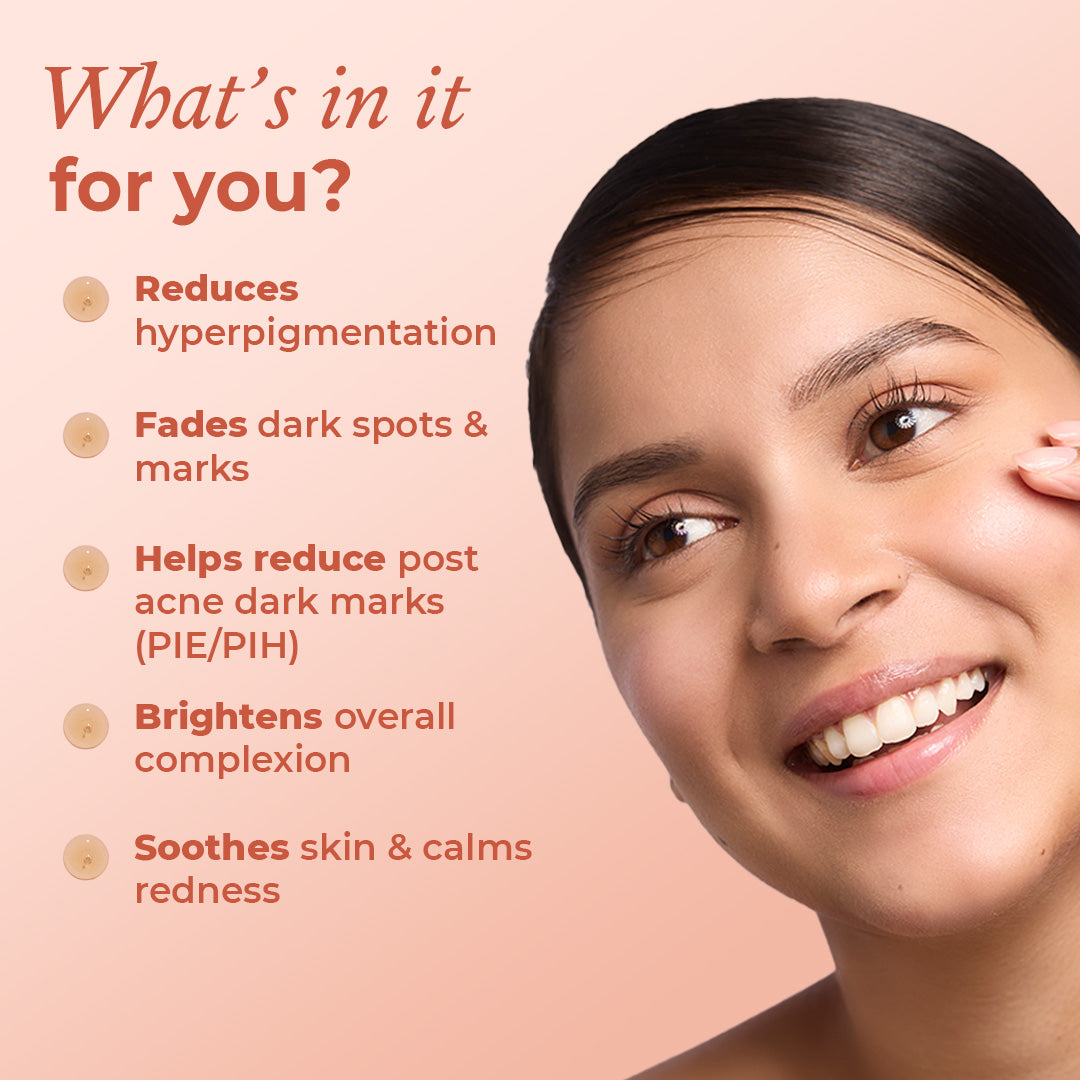




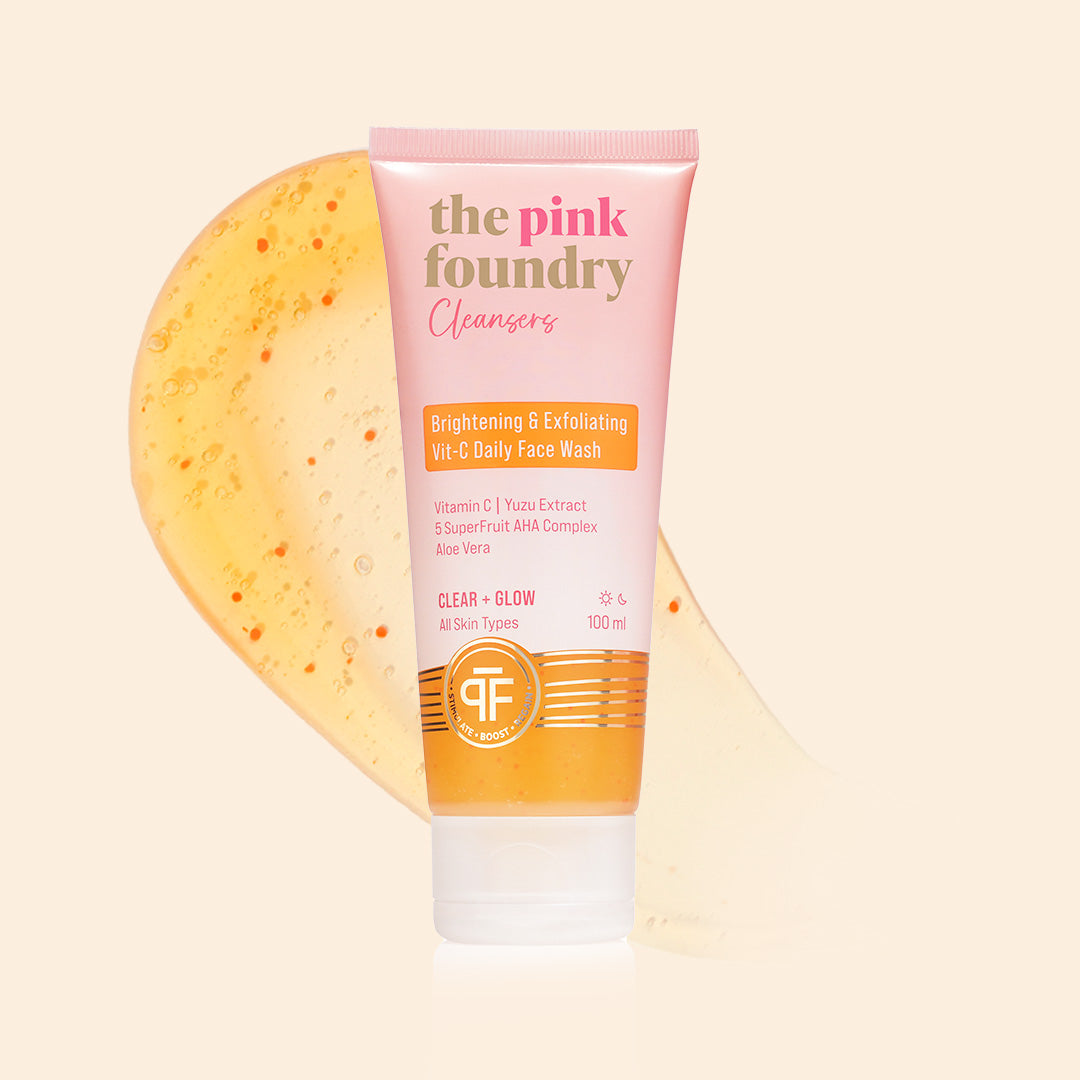

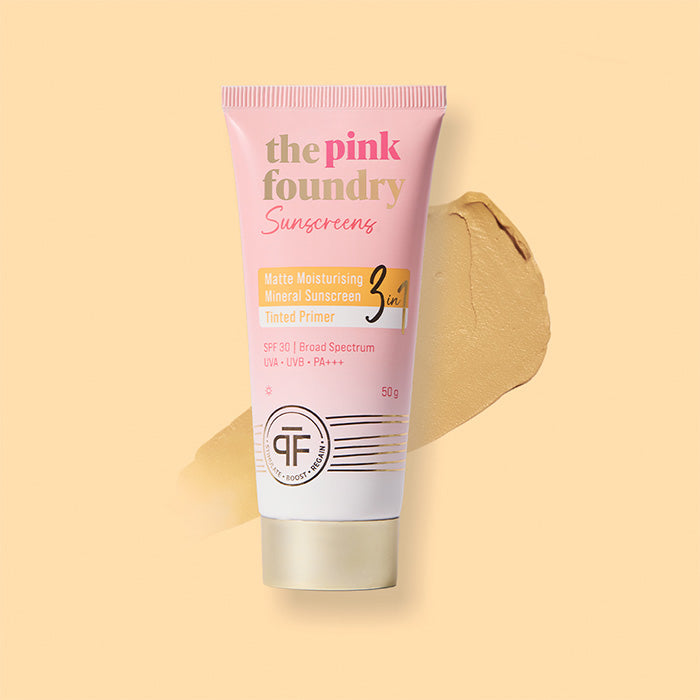
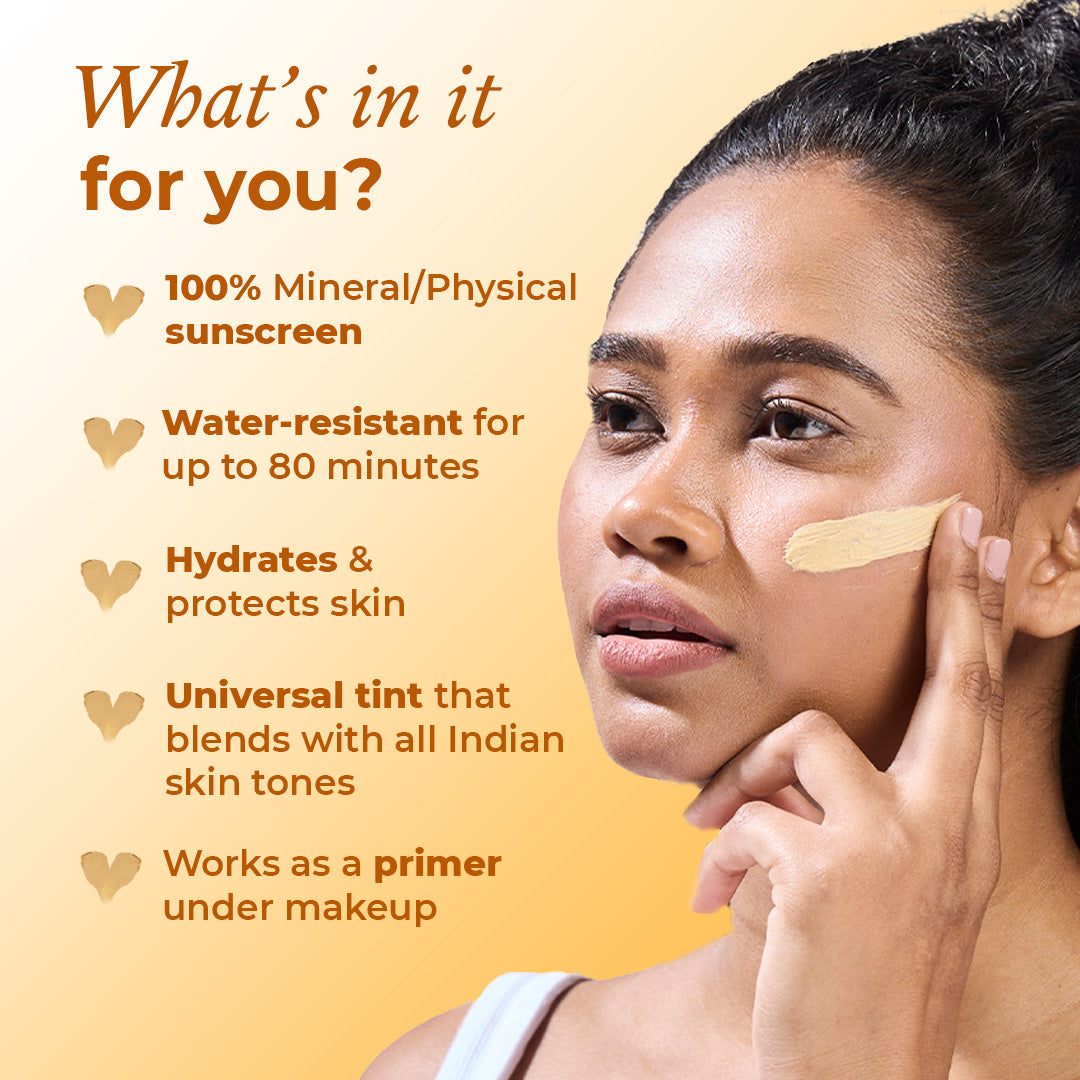
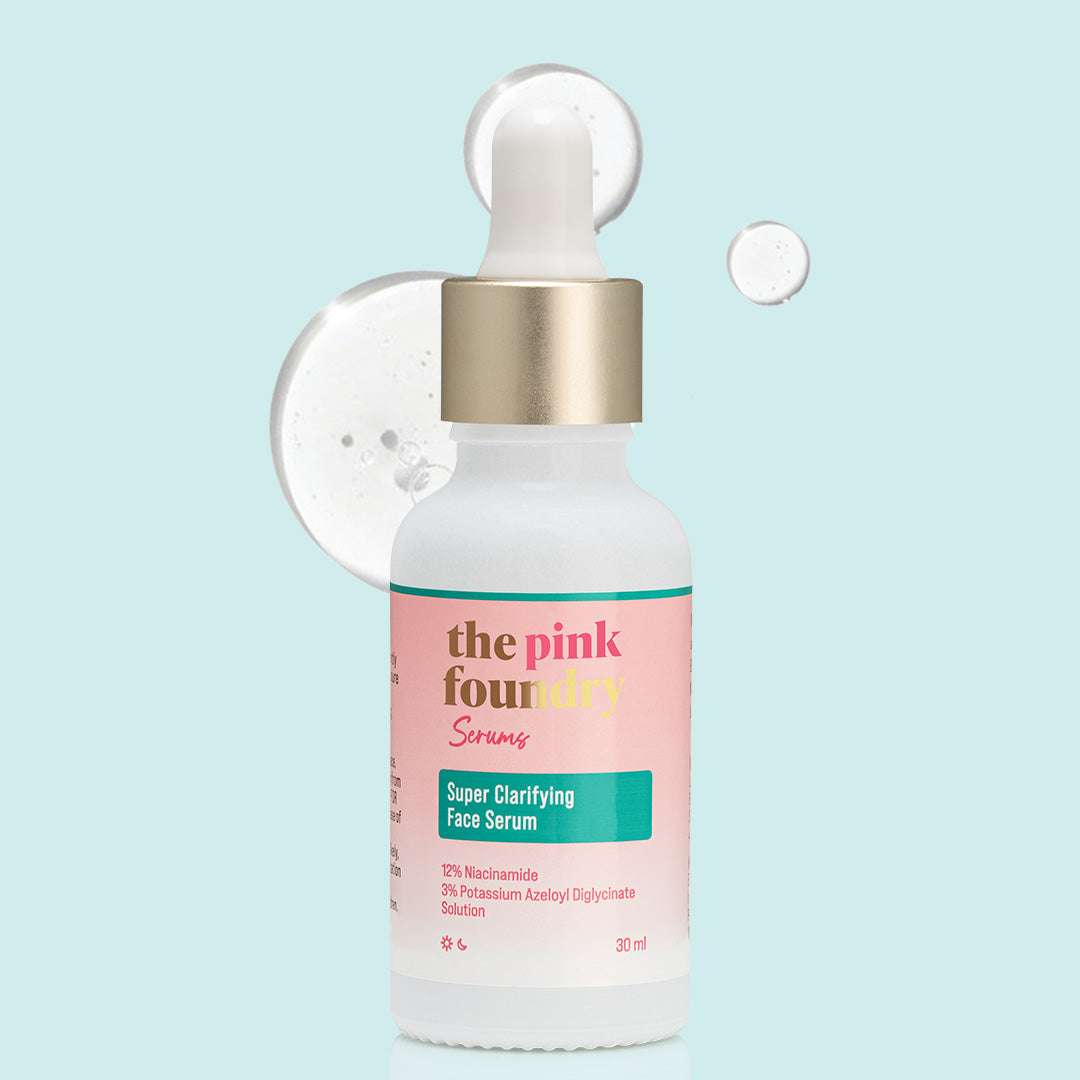
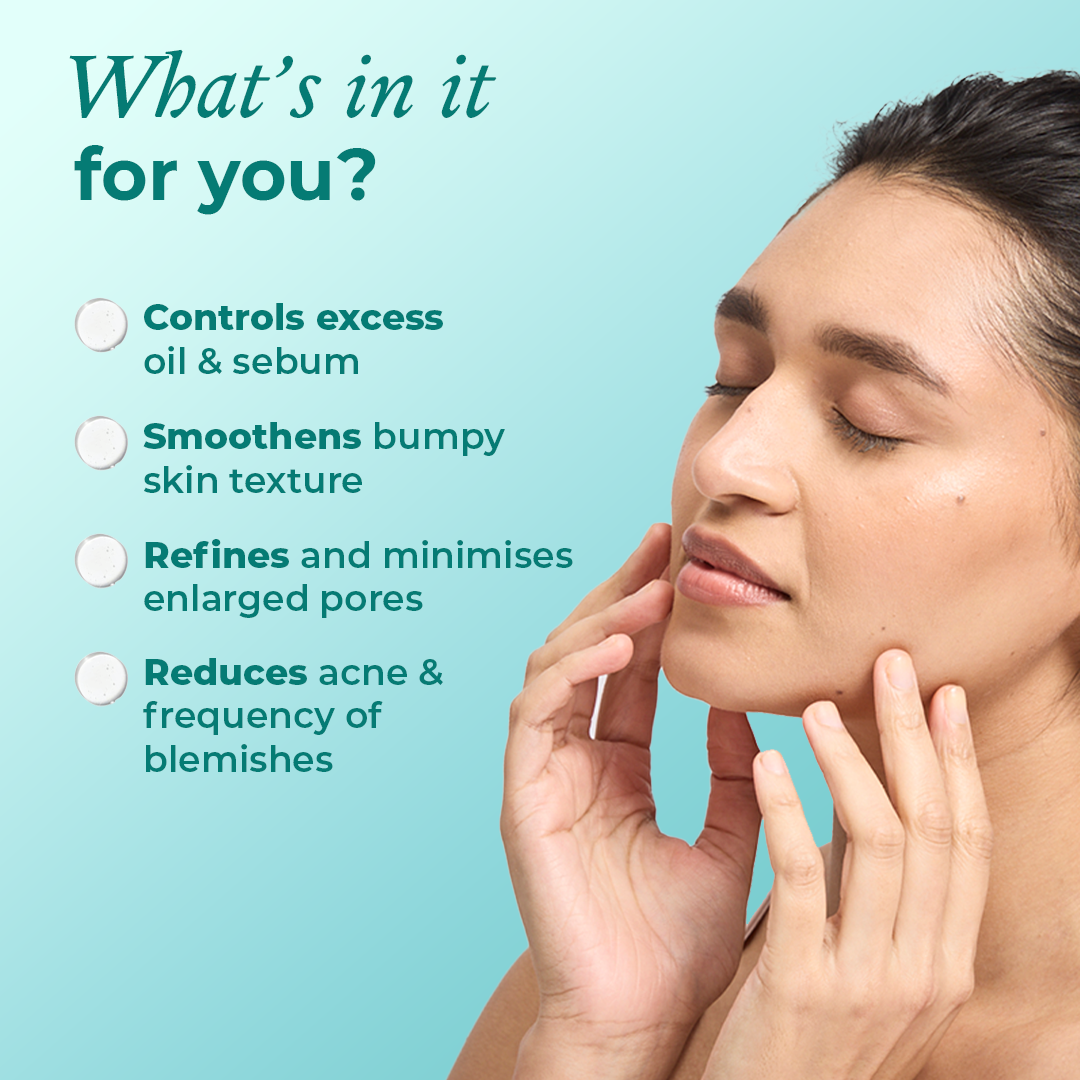

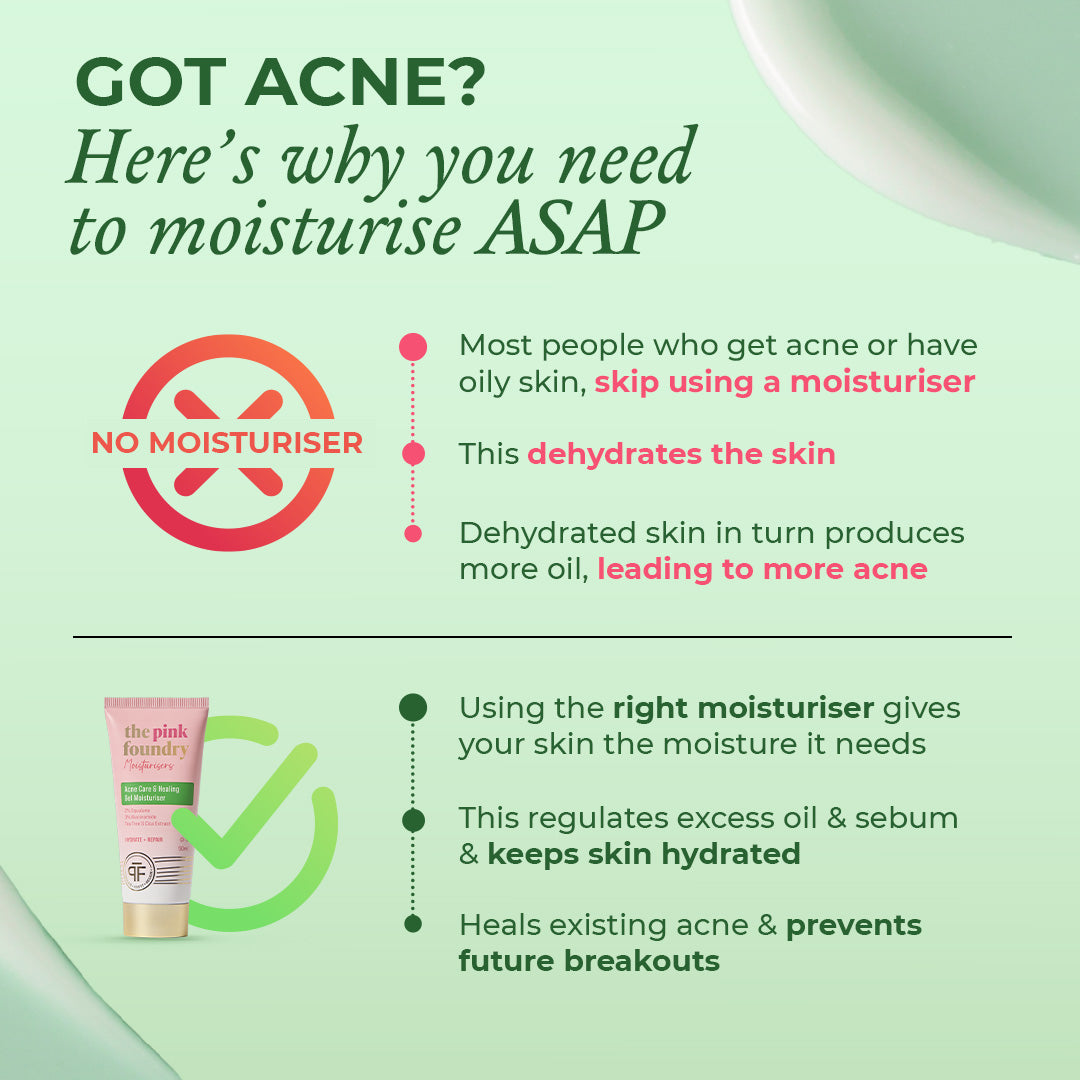
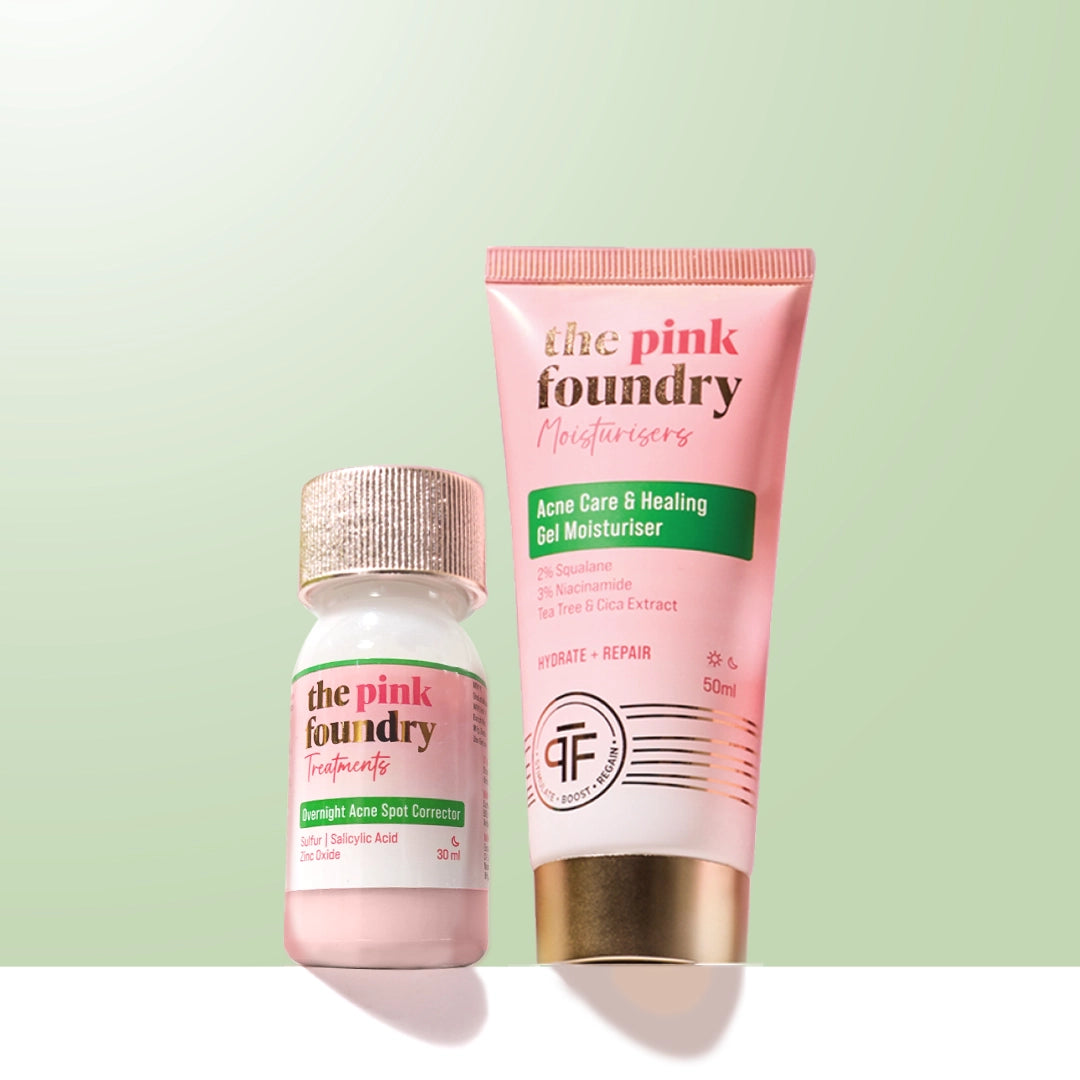
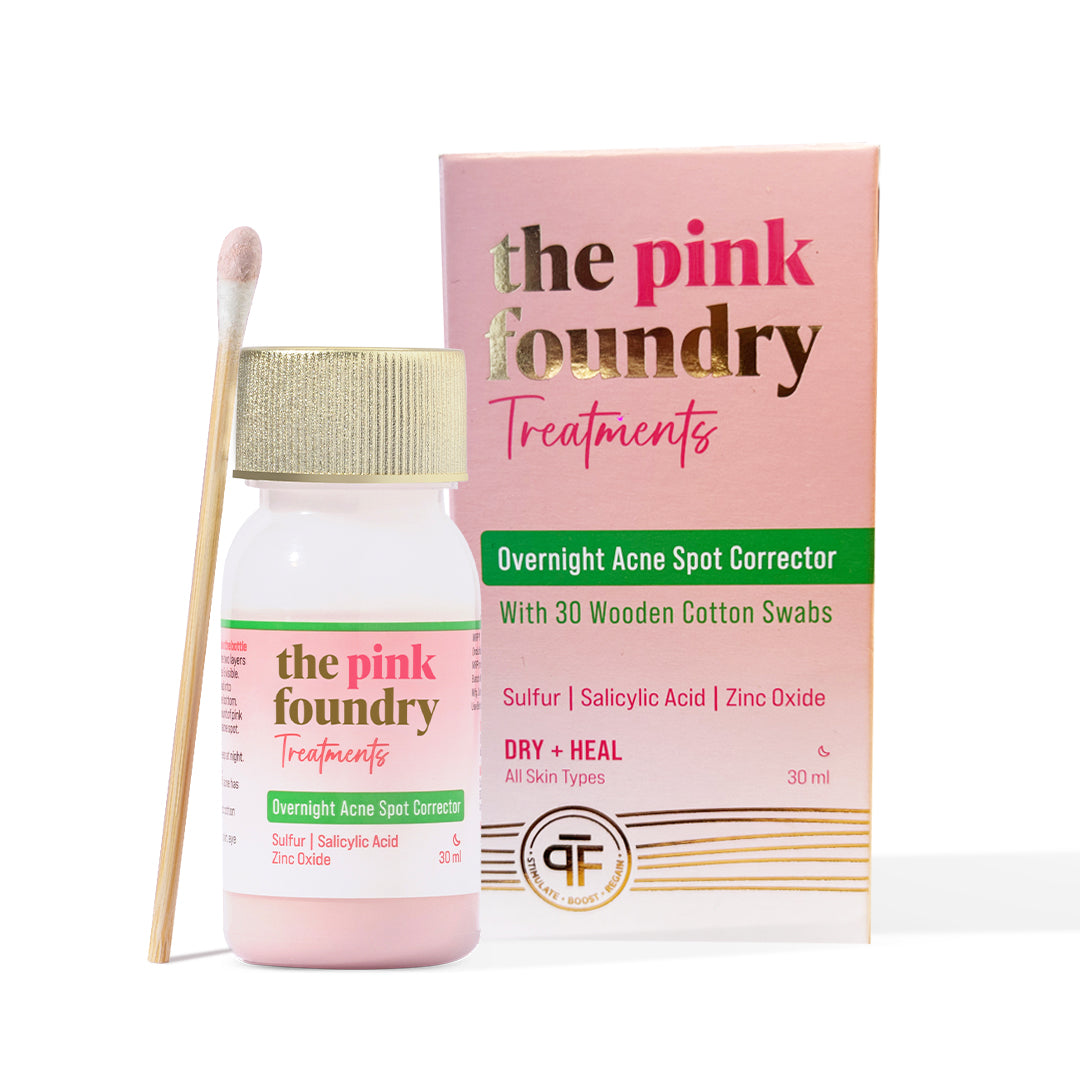
Leave a comment
This site is protected by hCaptcha and the hCaptcha Privacy Policy and Terms of Service apply.